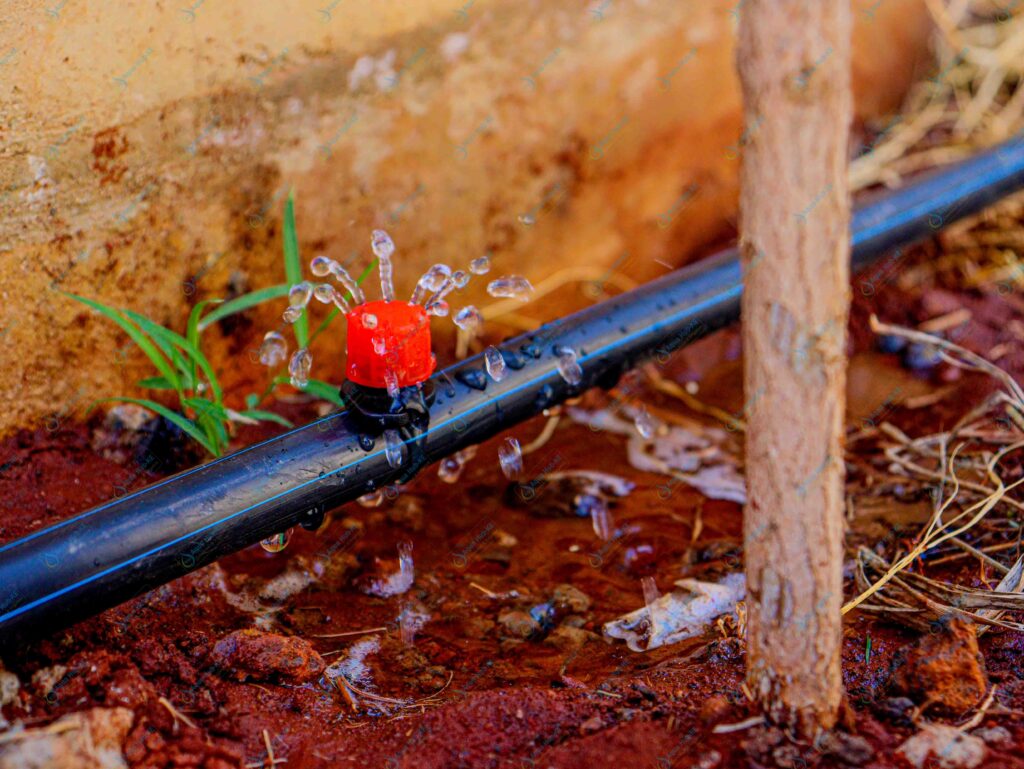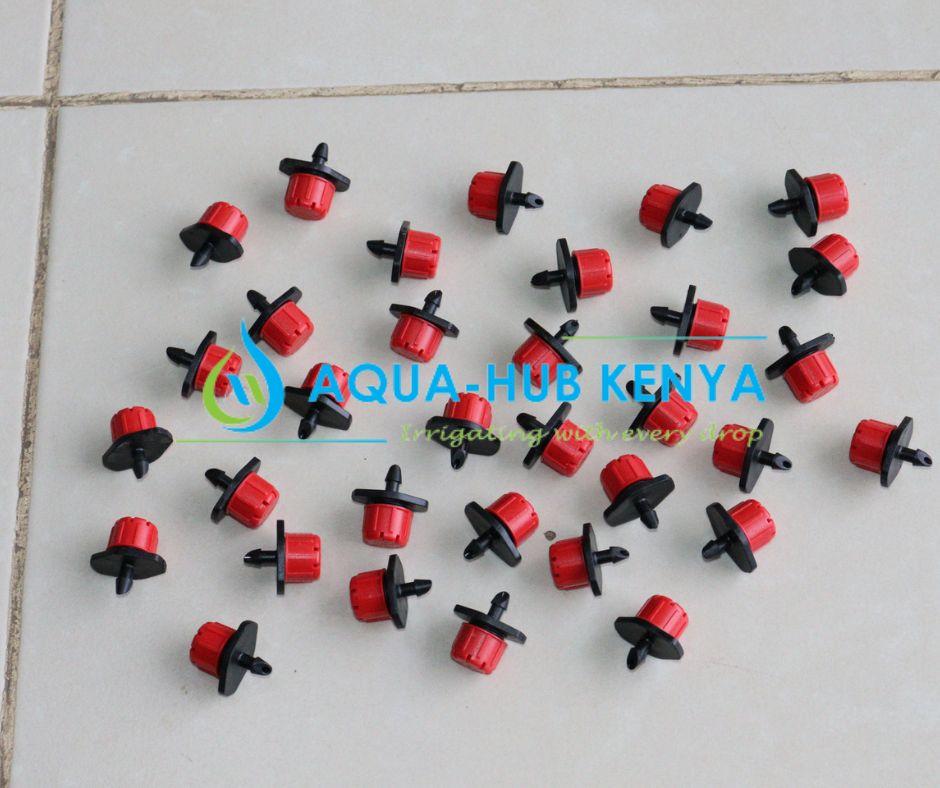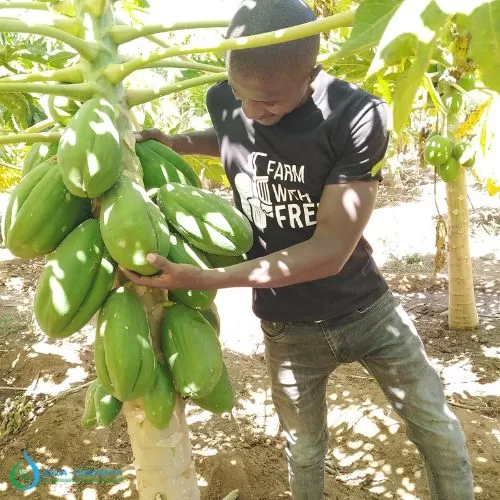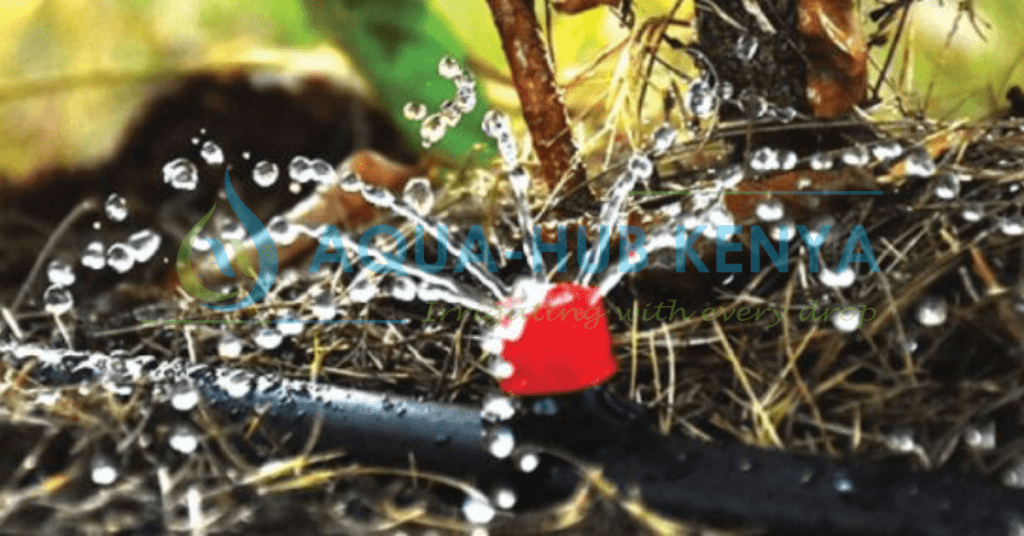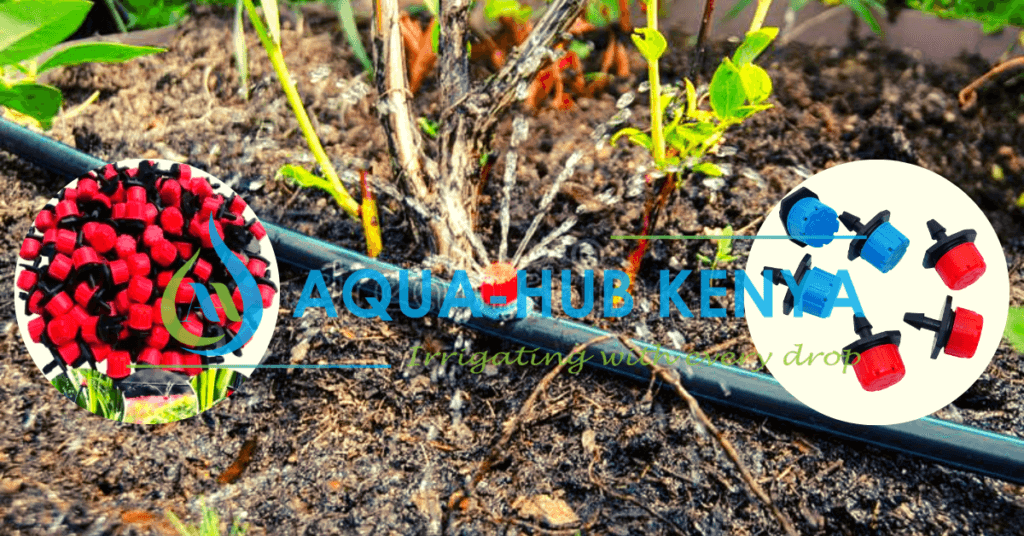Button Drippers in Kenya
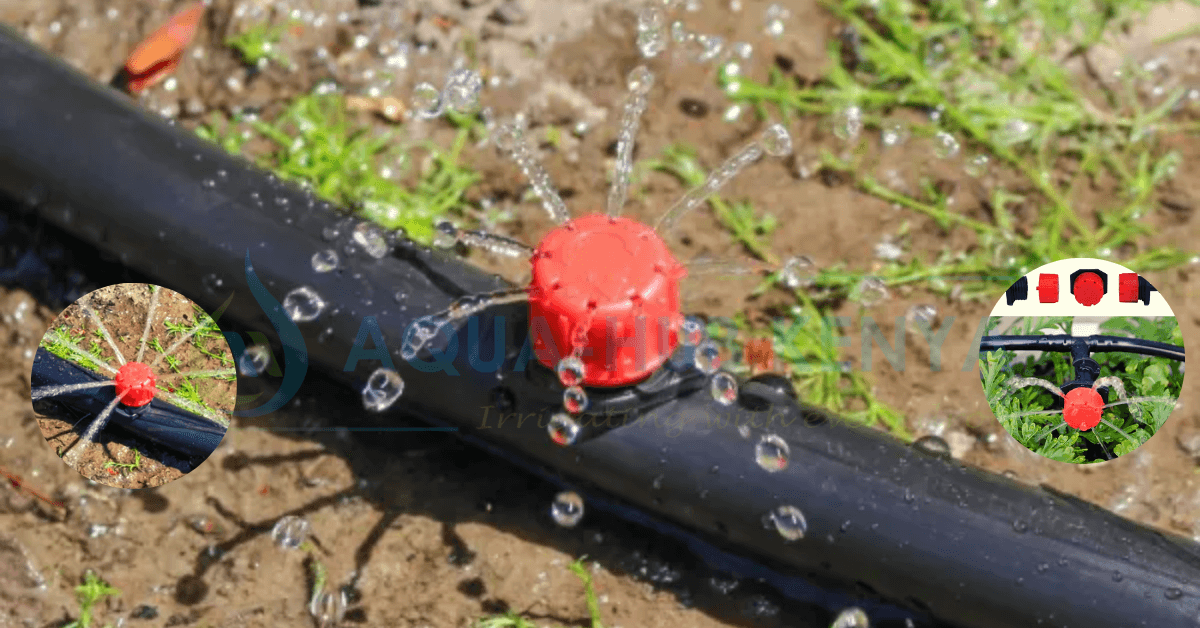
Button drippers in Kenya are a common type of irrigation tool used to irrigate plants at incredibly low rates. They typically have drip emitters to ensure that the flora beneath their canopies receives water (below the stem). Button drippers come in a variety of color codes. i.e., the hues of red, green, blue, and black. No matter how they are color coded, they are also all equally effective. Colors are just used for identifying purposes; they have no impact on functioning. The most contemporary irrigation devices are drippers, which may release water from the main pipes at varied rates, from one liter per hour to more than sixty liters per hour.
What are button drippers in Kenya and their uses?
The gadgets in the button dripper irrigation system are known as irrigation emitters or button drippers. They also transform the capillary’s pressure water flow into a drip or fine flow through the flow channel or orifice. The average dripper flow rate is 1 to 4 liters per hour, with a maximum of 12 liters per hour. The quality of the drip irrigation system emitters has a direct impact on the reliability of the drip irrigation system and the quality of the irrigation water. As a result, drip irrigation drippers are frequently referred to as the “heart” of the irrigation system for water drippers. Water drippers, once again, can be classed in a variety of ways.
This method of irrigation provides your plants with a regular and smooth flow of water. Designed to guarantee that substantial pressure fluctuations only result in a modest shift in flow to the plants. As a consequence, button drop emitters can be used. Button Drip Emitters function similarly to small throttles. Keeping the flow rate steady. The emitter controls and lowers the amount of water discharged.
It is helpful for irrigating lawns, establishing banana plants in tree nurseries, and producing crops such as passion fruits, oranges, mangoes, tomato trees, and avocados because to its ability to release water at different rates. The specification of a button dripper is critical for an irrigation engineer since it assists in estimating the amount of water required throughout the growth season. This estimate also aids in the location of water in the event of a scarcity.
Types of button dripper
Adjustable button dripper: With these drippers, the farmer has total control over the amount of water released by the pipe. Zero to 70 liters per hour total cutoff (completely open). According to the manufacturer, they are available in various sizes and have red color codes. The discharge criteria remain unchanged. This design has the advantage of allowing the farmer to control the amount of water given to each plant. Make changes for a tree that requires more water to receive the same amount, and vice versa. The disadvantage is that one may accidentally irrigate too little or too much.
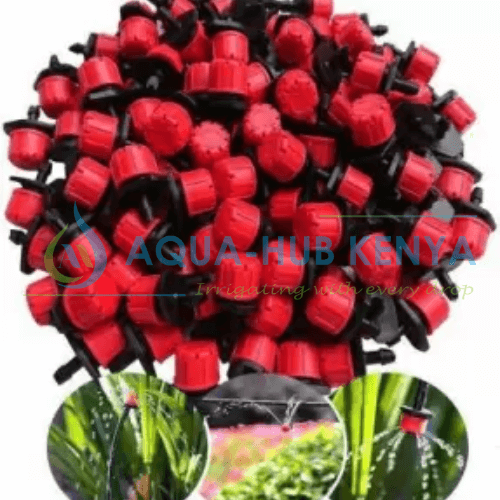
Non-adjustable button drippers: They irrigate at the manufacturer’s recommended water discharge rate. Each discharge type is color-coded for convenience. They supply a regular amount of water to each tree crop. On the disadvantage, it cannot be tailored to meet agricultural water demands.
They are mostly useful in orchards for trees and potted plants. Using adjustable drippers, a farmer may also control the amount of water released for hours. They also help to save labor that would otherwise be required to irrigate your crops. Drippers could be useful for controlling your water irrigation pattern, saving you time and allowing you to embrace innovation.
Benefits of button drippers in Kenya
- Because drip irrigation may be used in any environment, substantial ground leveling is not necessary.
- Water loss reduction and increased water consumption efficiency
- Soil conditions may be considered to the maximum extent feasible, and the risk of soil erosion caused by irrigation water influence can be reduced.
- Fertilizer and nutrient usage are particularly efficient since water is applied locally (reduction of groundwater contamination risk).
- Because water and nutrients are exclusively provided to the cultivated plant, weed development is minimized.
- Seed germination and yield development are influenced.
- Low operational energy costs because gravity does the majority of the work.
- Drip tape is a recyclable material that can be converted into viable plastic resins for use in the plastics industry.

